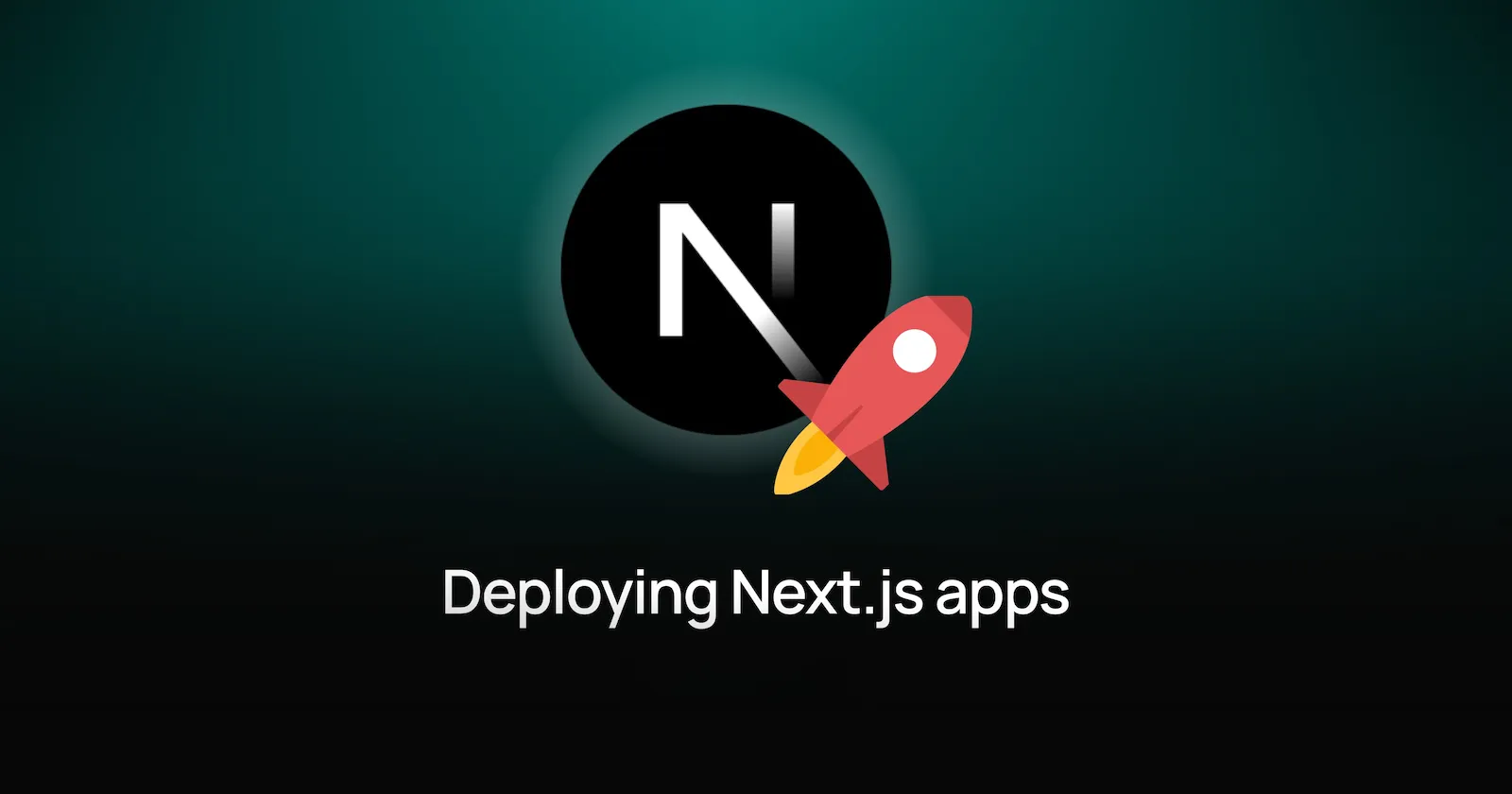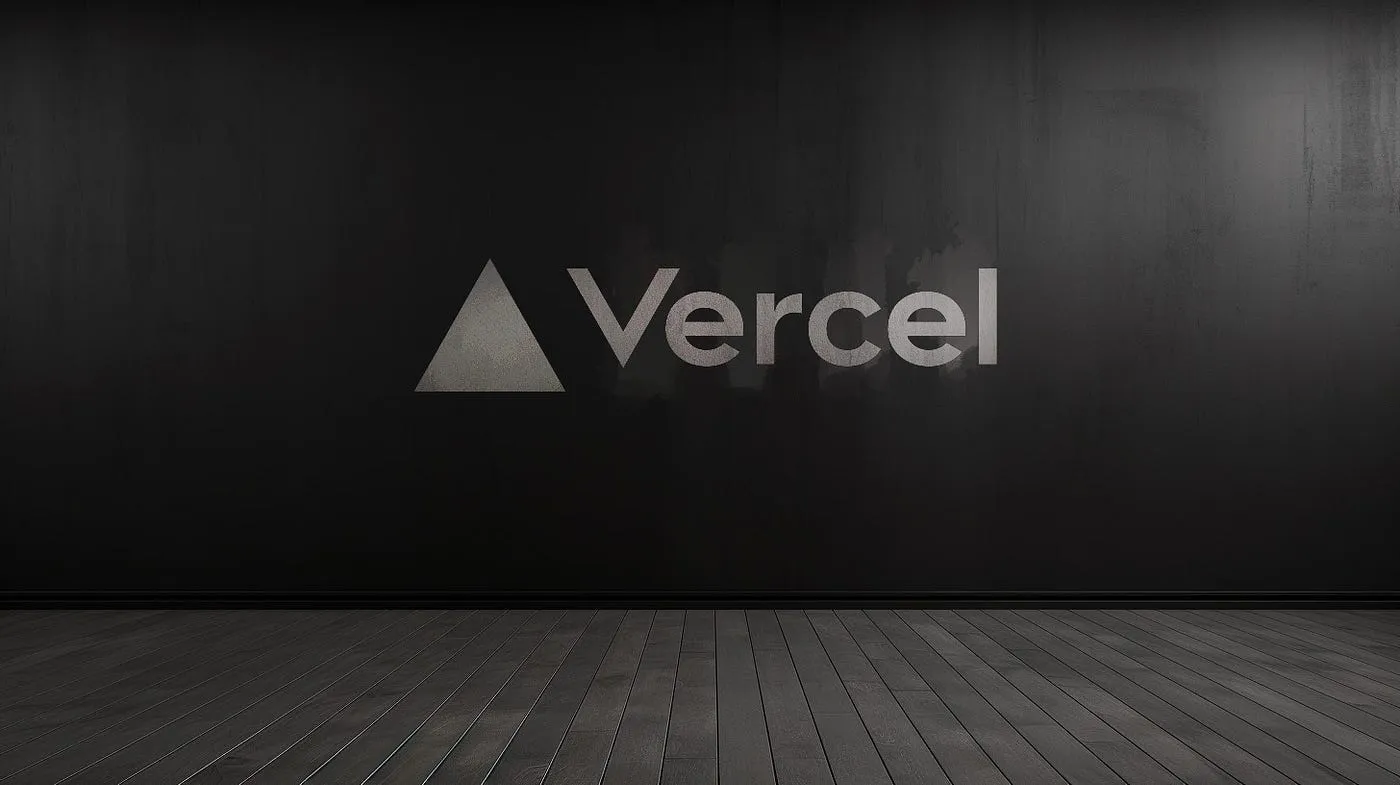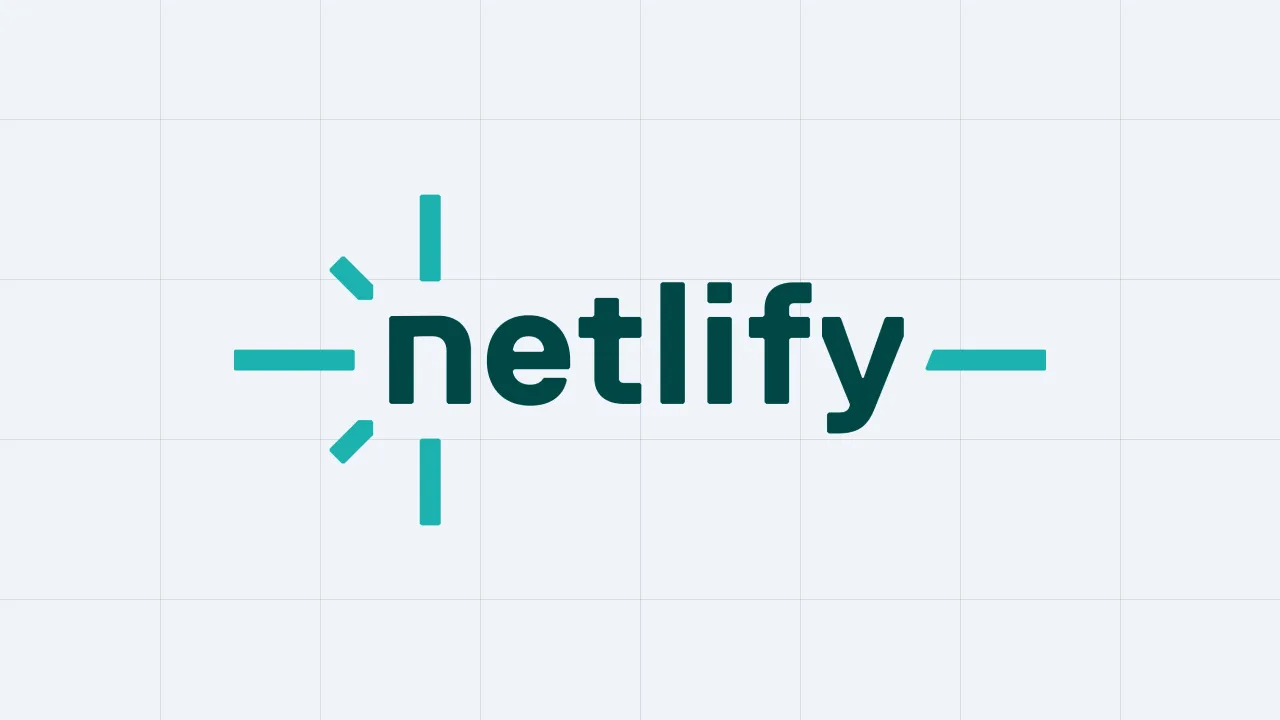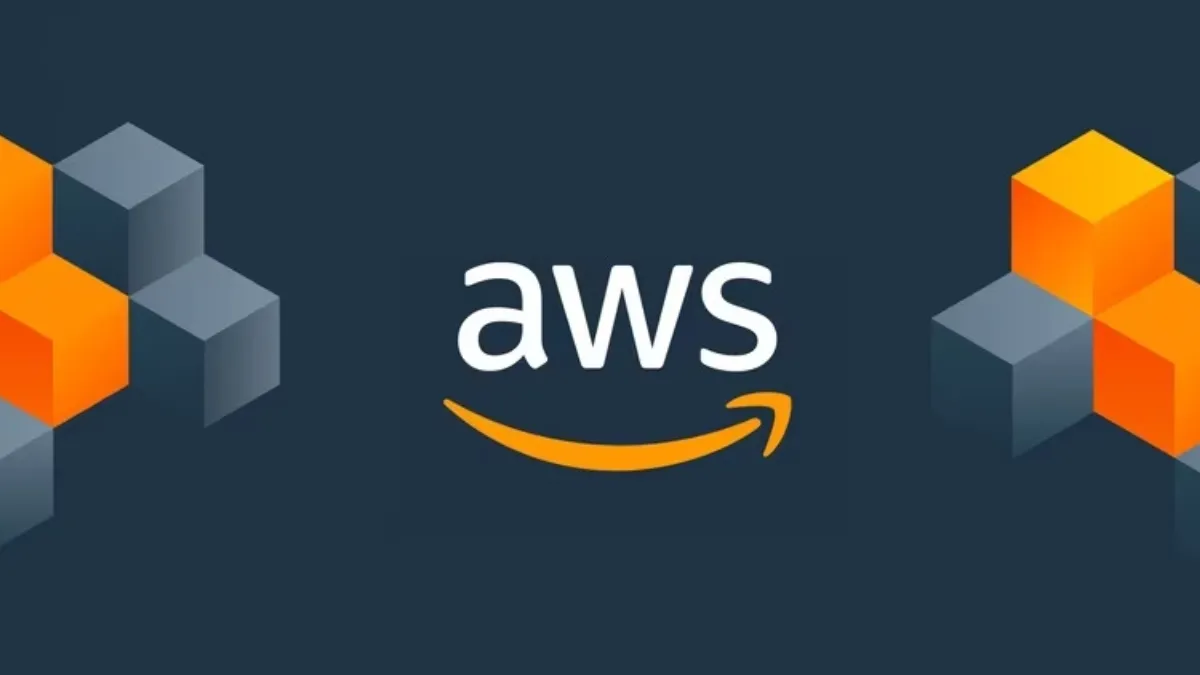You’ve spent hours, maybe even weeks, building an awesome Next.js application. The UI is smooth, performance is top-notch, and the user experience is perfect. Now comes the most important part: launching your "brainchild" to the world! But how? Deploying a Next.js app can be as simple as a click, or as complex as you want with various options and configurations.

Don’t worry! This article will guide you through every path to deploy your Next.js app, from the simplest methods for beginners to powerful solutions for large-scale projects. No matter who you are, you’ll find the best way for your needs here.
Why is Deployment So Important?
Deployment isn’t just about putting your code on a server. It’s the process of optimizing, ensuring your app runs fast, stable, secure, and scalable. A good deployment process helps you:
- Speed up page loads: Take advantage of features like ISR (Incremental Static Regeneration), SSR (Server-Side Rendering), and global CDNs.
- Ensure high availability: Keep your app online even during traffic spikes.
- Optimize costs: Choose the right platform for your project’s scale and budget.
- Automate workflows: Set up CI/CD (Continuous Integration/Continuous Deployment) to automatically deploy on every change, saving time and effort.
🏠 Vercel: The Ideal "Home" for Next.js
If Next.js is a ship, Vercel is the ocean built just for it. Created by the team behind Next.js, Vercel is the most optimized and user-friendly platform for deploying Next.js apps.

Why choose Vercel?
- Perfect integration: Full support for all Next.js features (SSR, ISR, API Routes, Middleware, App Router, etc.).
- Zero-config deployment: Just connect your Git account (GitHub, GitLab, Bitbucket), and Vercel will auto-detect, build, and deploy your project.
- Global speed: Built-in Edge Network (CDN) delivers your app from servers closest to users for lightning-fast load times.
- Integrated CI/CD: Every
git pushtriggers an automatic build and a unique preview deployment. Share this link with your team for review before going live. - Generous free plan: Vercel’s Hobby plan is more than enough for personal projects, portfolios, and small apps.
Steps to deploy on Vercel:
- Sign up: Go to vercel.com and sign up with your GitHub, GitLab, or Bitbucket account.
- Import your project: From the dashboard, choose "Add New... → Project". Select your Next.js repository.
- Configure (Optional): Vercel will auto-detect your Next.js project. You rarely need extra configuration, but you can set environment variables if needed.
- Deploy: Click "Deploy". That’s it! Your app is online.
It’s that simple! With Vercel, you can focus 100% on development without worrying about infrastructure.
🛠️ Full Control with Self-Hosting
While Vercel is great, sometimes you need maximum flexibility and control. That’s where self-hosting shines. Self-hosting means you manage the server and deployment process yourself.
When should you choose self-hosting?
- When your app has special infrastructure requirements that PaaS platforms can’t meet.
- When you want to optimize costs at scale.
- When you want full control over the runtime environment.
There are two main approaches to self-hosting:
1. Deploy on a Traditional Node.js Server (VPS/EC2) 🌐
This is how you deploy a standard Node.js app. You’ll need a virtual server (VPS) from providers like DigitalOcean, Linode, or an EC2 instance from AWS.

Basic process:
- Prepare the server:
- Create a VPS (e.g., Ubuntu 22.04).
- SSH into the server.
- Install Node.js, npm/yarn/pnpm.
- Install a process manager like PM2 to keep your app running and auto-restart on errors.
- Install a reverse proxy like Nginx to point your domain to the Node.js app (running on an internal port like
3000), manage SSL, and caching.
- Deploy code:
- Pull code from your Git repository.
- Install dependencies:
npm install. - Build for production:
npm run build. - Start the app with PM2:
pm2 start npm --name "my-next-app" -- start.
Sample Nginx config:
server {
listen 80;
server_name yourdomain.com;
location / {
proxy_pass http://localhost:3000;
proxy_http_version 1.1;
proxy_set_header Upgrade $http_upgrade;
proxy_set_header Connection 'upgrade';
proxy_set_header Host $host;
proxy_cache_bypass $http_upgrade;
}
}
Don’t forget to set up SSL with Let’s Encrypt (using certbot) for free HTTPS!
2. "Package" with Docker: Modern and Flexible 🐳
Containerization with Docker is a modern approach, packaging your app and all its dependencies into a single container. This ensures your app runs consistently everywhere.

Why use Docker?
- Consistency: "It works on my machine" is no longer a problem.
- Portability: Easily move containers between servers and cloud providers.
- Isolation: Containers run independently, not affecting each other.
- Easy scaling: Clone containers to handle high loads.
Steps to deploy with Docker:
-
Create a Dockerfile: This file tells Docker how to build your app image. Here’s an optimized
Dockerfilefor Next.js:# Stage 1: Install dependencies FROM node:18-alpine AS deps WORKDIR /app COPY package.json yarn.lock* ./ RUN yarn install --frozen-lockfile # Stage 2: Build the app FROM node:18-alpine AS builder WORKDIR /app COPY --from=deps /app/node_modules ./node_modules COPY . . # Set environment variables if needed # ENV NEXT_PUBLIC_API_URL=... RUN yarn build # Stage 3: Run production app FROM node:18-alpine AS runner WORKDIR /app ENV NODE_ENV=production # Auto-detect port for different platforms # ENV PORT=3000 COPY --from=builder /app/public ./public COPY --from=builder /app/.next/standalone ./ COPY --from=builder /app/.next/static ./.next/static EXPOSE 3000 CMD ["node", "server.js"]Note: Enable
output: 'standalone'in yournext.config.jsto optimize Docker image size. -
Build and Push Image:
- Build image:
docker build -t my-next-app . - Push image to a registry like Docker Hub or AWS ECR.
- Build image:
-
Run Container:
- On your server (with Docker installed), pull the image and run the container:
docker run -p 3000:3000 my-next-app
- On your server (with Docker installed), pull the image and run the container:
You can combine Docker with orchestration tools like Docker Compose (for simple apps) or Kubernetes (for complex, large-scale systems).
☁️ Other Cloud Platforms: Netlify, AWS, Google Cloud
Besides Vercel and self-hosting, there are many other great options.
1. Netlify
Netlify is a direct competitor to Vercel, also very powerful and easy to use.

- Strengths: Git-based deployment like Vercel, automatic CI/CD, global CDN. Netlify is also strong in features like Forms, Functions (serverless), and Identity.
- Limitations: Support for the latest Next.js features (especially SSR and Middleware) may lag behind Vercel. You’ll need to install the
@netlify/nextadapter to ensure everything works smoothly.
2. AWS (Amazon Web Services)
AWS offers a huge ecosystem of services, letting you build custom infrastructure with almost unlimited scalability.

- Popular options:
- AWS Amplify: Like Vercel/Netlify, a fully managed solution for easy deployment.
- EC2 + PM2/Docker: Traditional self-hosting as described above.
- ECS/EKS (with Docker): Use container orchestration services to run your Next.js app flexibly and at scale.
- Serverless (Lambda + S3 + CloudFront): A modern architecture, deploying parts of your Next.js app (pages, API routes) to separate Lambda functions. This is cost-effective and highly scalable, but more complex to set up. Frameworks like Serverless Framework can help simplify this process.
3. Google Cloud Platform (GCP) & Microsoft Azure
Like AWS, both GCP and Azure offer powerful services for deploying Next.js apps, from simple VMs to advanced container and serverless platforms.

- GCP: Cloud Run (great for running Next.js containers), Google Kubernetes Engine (GKE), App Engine.
- Azure: Azure App Service, Azure Kubernetes Service (AKS), Azure Functions.
Quick Comparison Table
To help you choose the best place to deploy your Next.js project, here’s a quick comparison table:
| Platform | Ease of Use | Flexibility | Scalability | Cost (starting) | Best For |
|---|---|---|---|---|---|
| Vercel | ⭐⭐⭐⭐⭐ | ⭐⭐⭐ | ⭐⭐⭐⭐⭐ | Free | All Next.js projects, prioritizing simplicity and speed |
| Netlify | ⭐⭐⭐⭐⭐ | ⭐⭐⭐ | ⭐⭐⭐⭐ | Free | Jamstack projects, static sites, using serverless functions |
| Self-host (VPS) | ⭐⭐ | ⭐⭐⭐⭐⭐ | ⭐⭐⭐ | Low | Full control, tight budgets |
| Self-host (Docker) | ⭐⭐⭐ | ⭐⭐⭐⭐⭐ | ⭐⭐⭐⭐⭐ | Depends infra | Consistency, portability, high scalability |
| AWS Amplify | ⭐⭐⭐⭐ | ⭐⭐⭐⭐ | ⭐⭐⭐⭐⭐ | Free | Projects needing deep AWS integration |
| AWS/GCP/Azure (IaaS/PaaS) | ⭐ | ⭐⭐⭐⭐⭐ | ⭐⭐⭐⭐⭐ | Depends usage | Large, complex systems, custom infrastructure |
Conclusion: What’s Your Choice?
Deploying a Next.js app is no longer a scary challenge. The method you choose depends entirely on your needs, project scale, and technical knowledge.
- If you’re a beginner or want the smoothest experience, choose Vercel. You won’t regret it.
- If you need full control and don’t mind configuring servers, go for self-hosting with Docker on a VPS.
- If you’re building a large system and are familiar with a cloud provider, leverage services like AWS Amplify, GCP Cloud Run, or Kubernetes.
Hopefully, this article has given you a comprehensive and detailed overview of the Next.js deployment world. Good luck bringing your project to users and creating amazing products! 🎉
![[Next.js Tutorial] Layouts: A Detailed Guide to Optimizing Your Website UI](/images/blog/layouts-in-nextjs.webp)
![[Next.js Tutorial] Testing: The Complete Guide to Unit, Integration, and E2E Testing](/images/blog/testing-in-nextjs.webp)
![[Next.js Tutorial] Basic Directory Structure and Routing in Your Project](/images/blog/basic-directory-structure-and-routing-in-nextjs.webp)
![[Next.js Tutorial] Middleware: A Practical Guide with Real-World Examples](/images/blog/middleware-in-nextjs.webp)